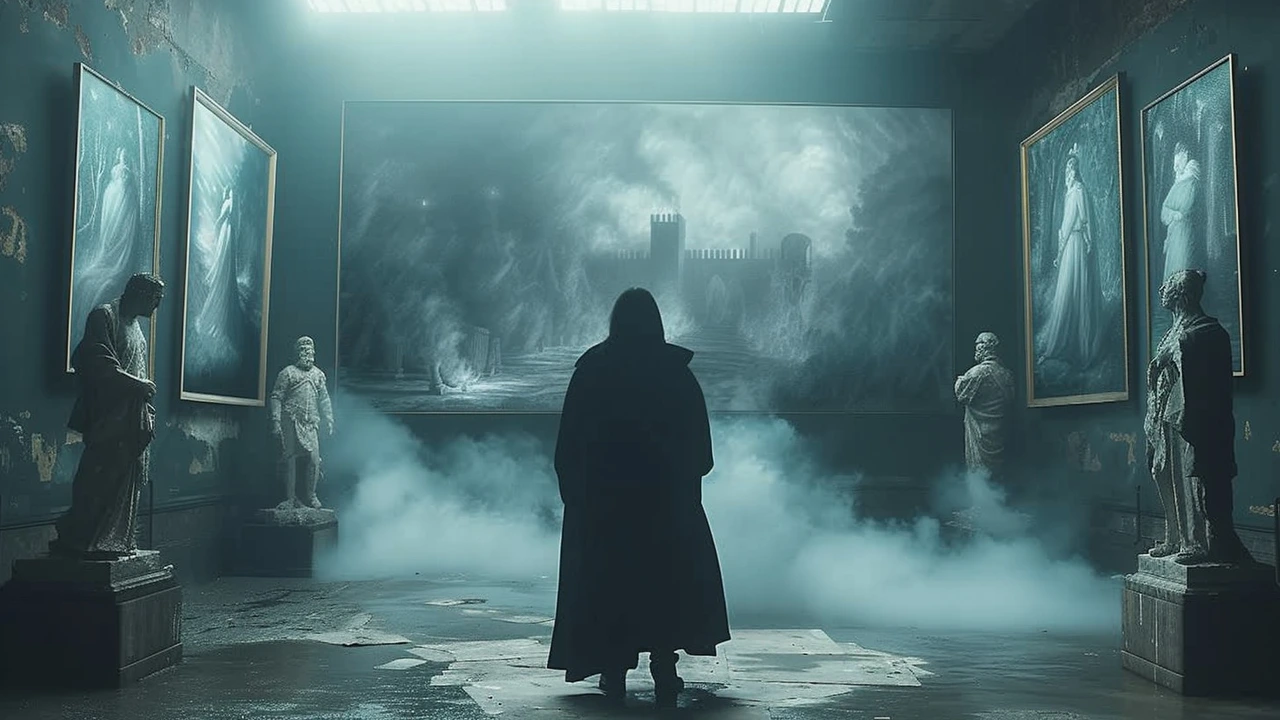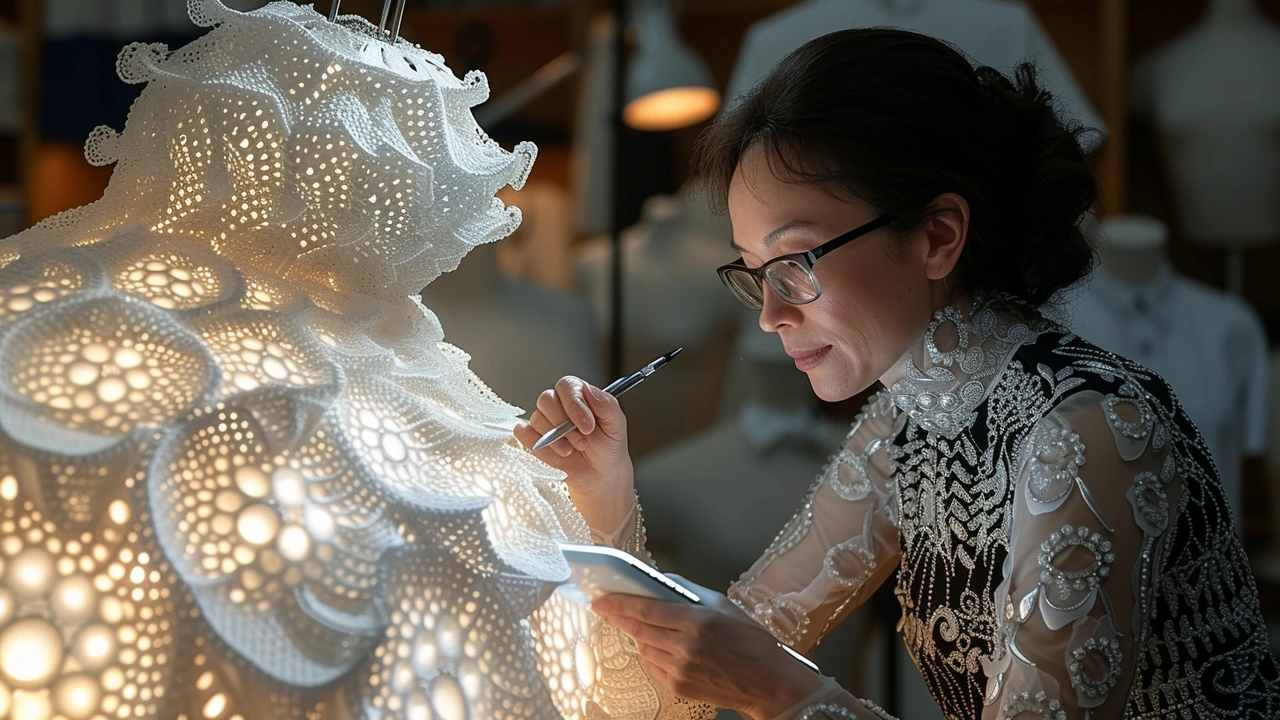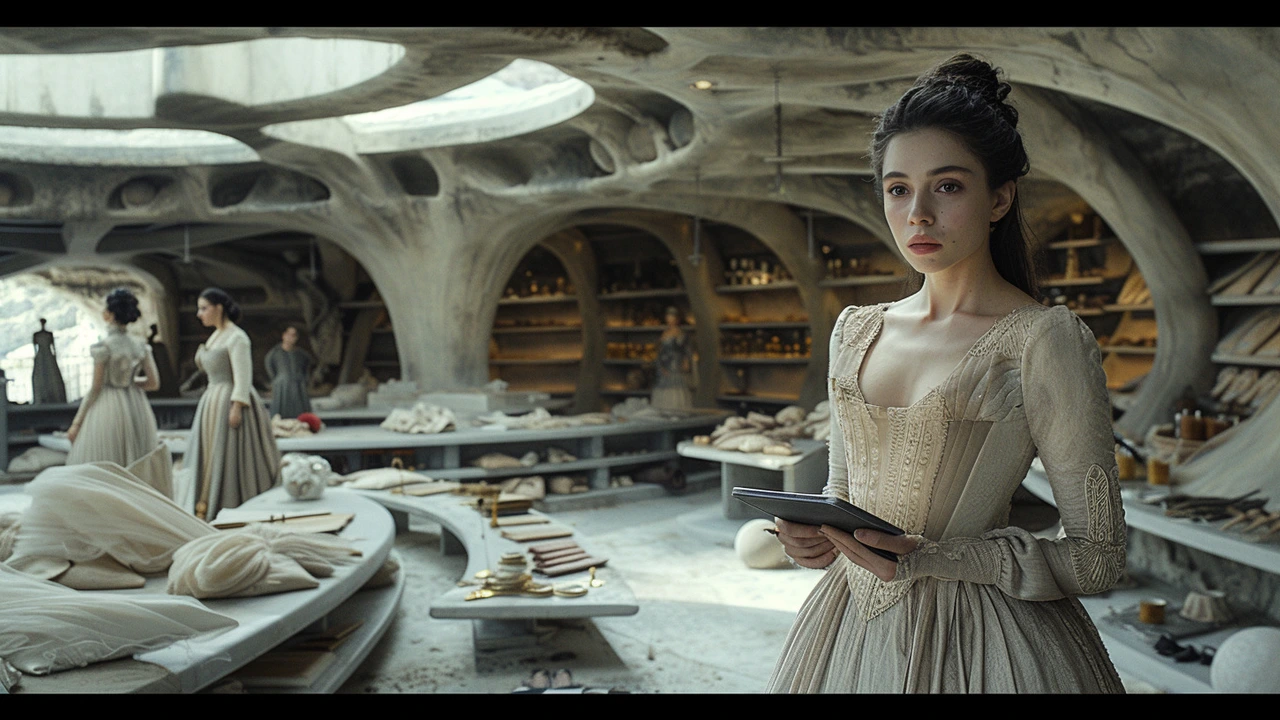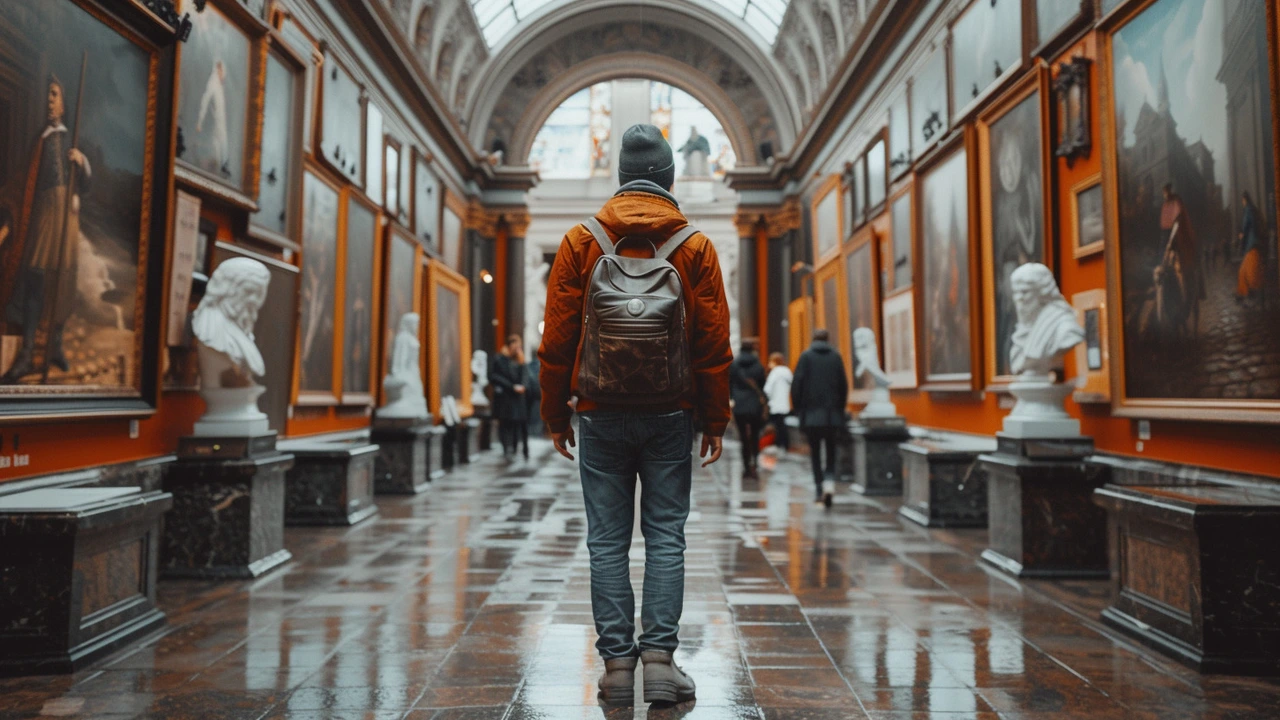Gothic art: Origins, key features and a practical guide
Gothic art changed how people built, painted, and thought about space. It began in the 12th century and ran into the 16th. Think soaring cathedrals, colored light from tall windows, and sculptures that move away from flat medieval style toward lifelike faces. That shift pushed European art toward the Renaissance.
Gothic art is more than spooky vibes and pointed arches. It’s a set of clear ideas: reach higher, let light in, and tell stories through architecture and glass. Builders used new methods—flying buttresses, ribbed vaults, and pointed arches—to make walls thinner and windows bigger. That technical change changed the look and the feeling inside a space.
How to spot Gothic art
Look for vertical lines that pull your eye up. Pointed arches are a sure sign. Big stained-glass windows with biblical scenes, jewel-like colors, and narrow lancet windows are classic Gothic. Exterior features include flying buttresses (those arched supports outside), pinnacles, and carved figures—saints, angels, sometimes grotesque gargoyles.
Inside, notice the light. Gothic designers used colored glass to shape mood and tell stories in light. Sculptures moved from stiff poses to more natural gestures and faces. Capitals (the tops of columns) and choir stalls often have small carved scenes—watch them closely; they reveal daily life and beliefs from the time.
Practical tips for visitors and artists
Visiting: when you enter a Gothic church, stop and look up. Study the vault ribs and how they meet—those intersections reveal the building’s structure. Walk the side aisles to see windows up close; stained glass is easiest to read when the sun hits it from outside. If you can, catch a morning or late-afternoon visit—the angle of light changes the colors dramatically.
Sketching or photographing: focus on details rather than the whole façade. A close shot of a tracery pattern, a carved face, or a window panel tells a stronger story than trying to capture an entire cathedral in one frame. Use a tripod for low-light interiors and avoid flash on delicate painted surfaces and old glass.
For artists: borrow Gothic ideas—use strong verticals, layered light, and narrative detail. Try a limited palette inspired by medieval glass—deep blues, ruby reds, and gold tones—and contrast them with dim stone grays. Work in small narrative panels like stained glass to break a large story into clear scenes.
Why it still matters? Gothic solved practical problems and created a new emotional language. Its advances in structure and light paved the way for naturalism and human-centered art. Today, spotting Gothic features helps you read buildings like books and see how technical change shapes style.
If you want more, check the article "Gothic Art: The Catalyst of the Renaissance" for deeper history and examples of key cathedrals and works. Whether you’re visiting, drawing, or just curious, Gothic art is a hands-on way to see how design and engineering changed culture.







